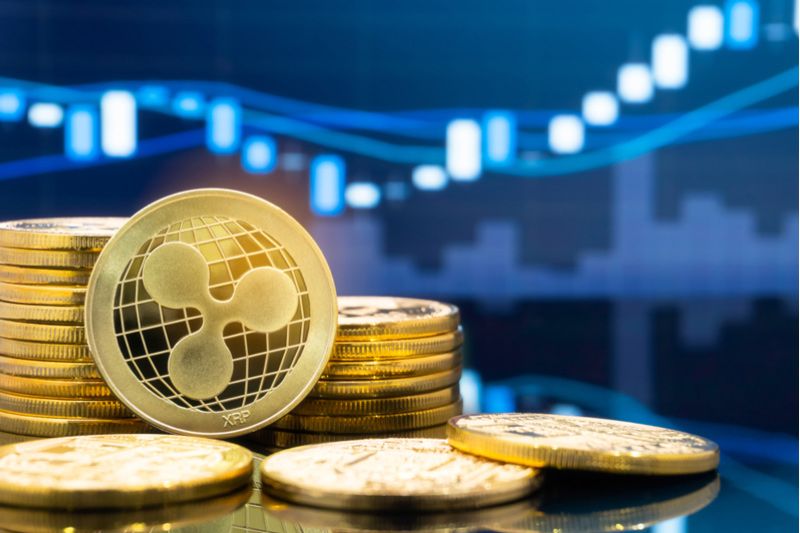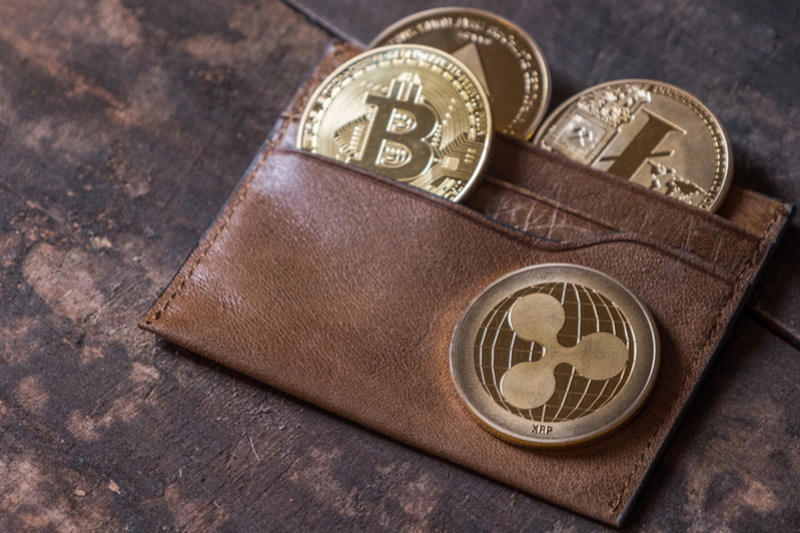U.Today – After weeks of uncertainty, it is starting to show signs of recovery as its price is steadily increasing. DOGE is currently trading at $0.10, slowly approaching the second zero of the decimal point, a psychological barrier that could signal a new life for the meme-based cryptocurrency.
According to the most recent price action, Dogecoin has gained nearly 2% over the past day after breaking through support levels around $0.09. This surge coincides with a pattern of higher lows for DOGE, suggesting the possible formation of an uptrend.
Moreover, the market dynamics have shifted slightly in Dogecoin’s favor. If Dogecoin and other major cryptocurrencies maintain their comparatively neutral position in the market, increased social media activity and renewed interest from retail traders could contribute to a price increase.
Dogecoin’s Relative Strength Index (RSI) is around 45, indicating that it is neither overbought nor oversold, allowing for future growth without facing strong selling pressure immediately.
A rally could be triggered if the price continues to rise and breaks significant resistance levels, especially those around $0.12 to $0.13.
stagnates
Shiba Inu (SHIB) continues to show signs of weakness as it struggles to break out of the stagnation that has lasted since early August. Concerns about the asset’s near-term future arise from the fact that it is currently experiencing very little price movement and trading volume.
The asset was once very volatile. SHIB has made several attempts to rise, but has failed to do so. It is currently trading at around $0.00001317. It is clear that the market does not expect a breakout as long as the price remains below important moving averages, such as the 50-day, 100-day, and 200-day EMAs.
Due to the extended period of activity, SHIB's volatility has decreased considerably, making it more difficult for traders and investors to anticipate significant price movements in the absence of a more significant change in the market.
The absence of broader market momentum is one of the main reasons for SHIB’s stagnation. Without a noticeable surge in these assets, it seems doubtful that SHIB will recover on its own. Cryptocurrencies like Bitcoin have also gone through periods of low volatility. SHIB’s position is further complicated by whale activity and a lack of liquidity, which increases its susceptibility to potential declines.
Without a broader market rally, the future of SHIB is still unclear. As the token struggles to gain the momentum it had during its previous bull runs, investors are beginning to doubt its longevity in the long run. As things stand right now, SHIB remains unstable and could remain that way unless the market as a whole experiences a surge in interest in riskier assets.
sees a huge decline
In recent trading, XRP narrowly missed a major decline as it momentarily dipped below the crucial $0.50 level. Many traders and investors were concerned about this development, particularly due to the possibility of a break below the ascending trendline, which has been essential to XRP’s market structure in recent weeks.
Concerns were expressed that a breakout could lead to a larger sell-off as XRP fell to lows just below $0.50. The token bounced off the ascending trendline that has served as a support level for most of the current recovery phase but held firm nonetheless.
A break below this trend line would have allowed for further declines, which could take XRP into the range of $0.45 or lower. However, the quick recovery prevented a potential disaster. The 50, 100, and 200 EMAs are some of the major moving averages below which XRP is currently trading. These EMAs are acting as resistance levels that the price needs to overcome to make a sustained upward move. XRP is currently trading around $0.53.
However, it has not completely disappeared and there may still be room for recovery, as evidenced by the fact that it was able to stay above the ascending trend line. Although the market remains unpredictable, XRP seems to have avoided a significant drop for the time being.
This article was originally published on U.Today










